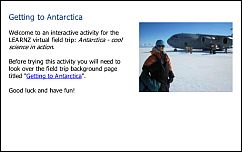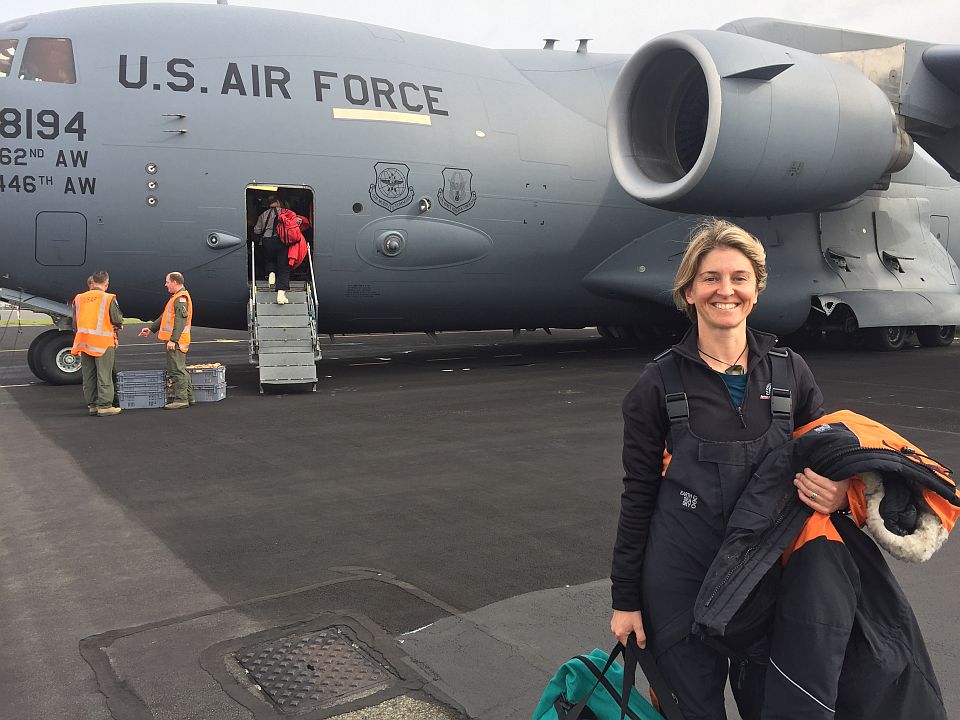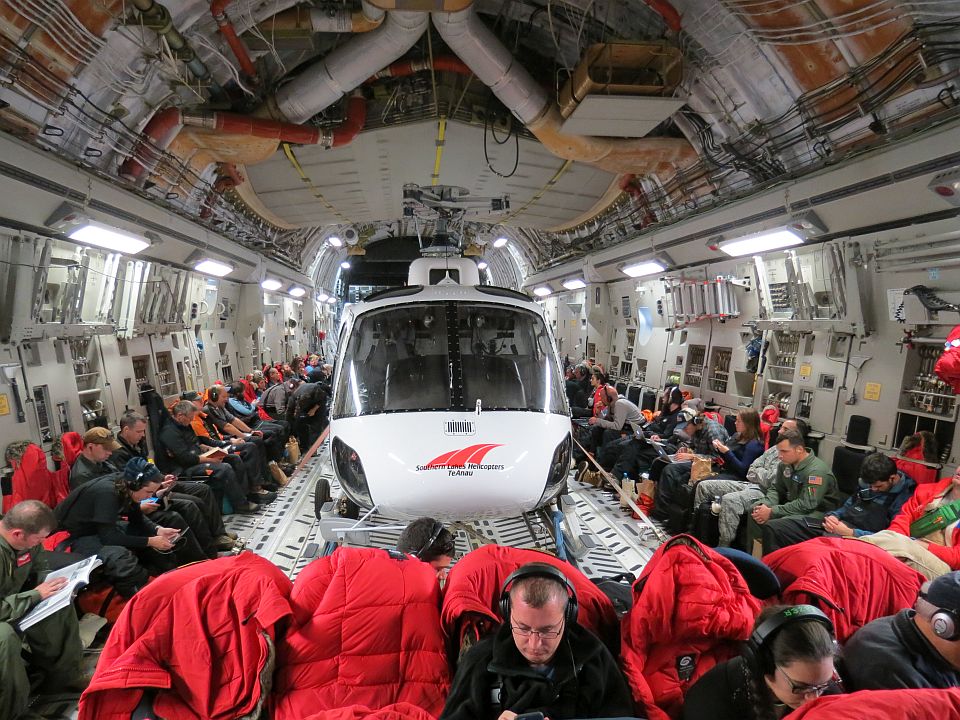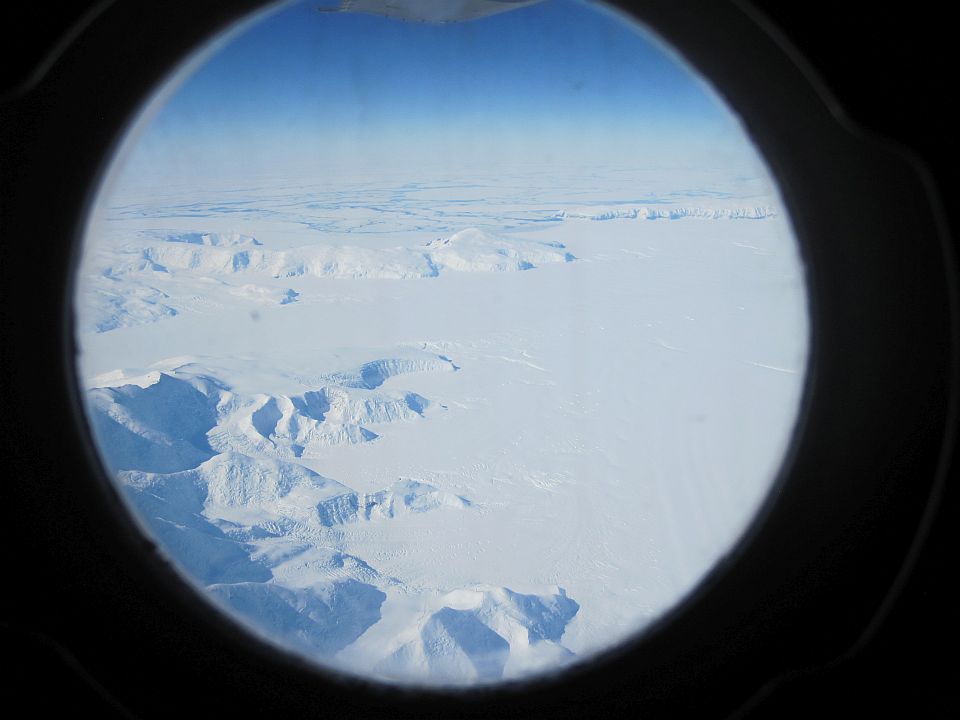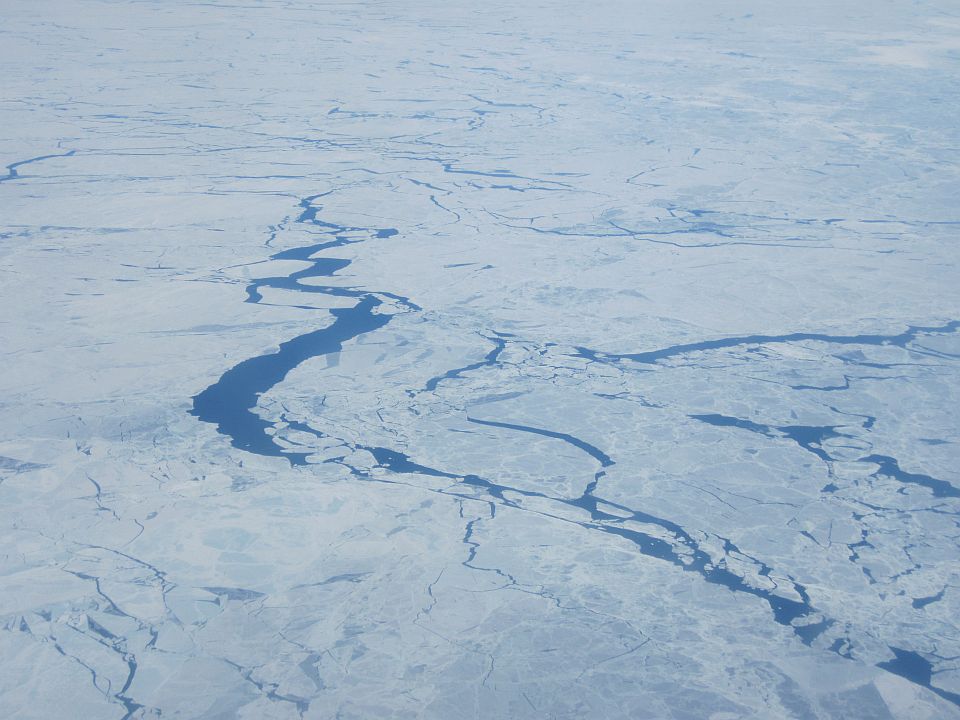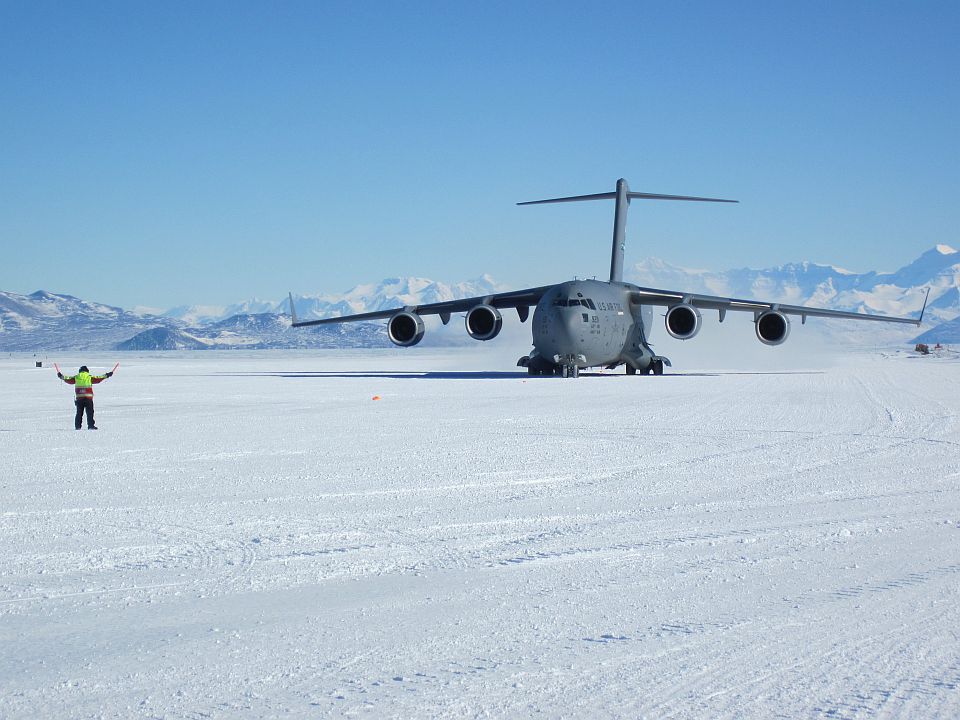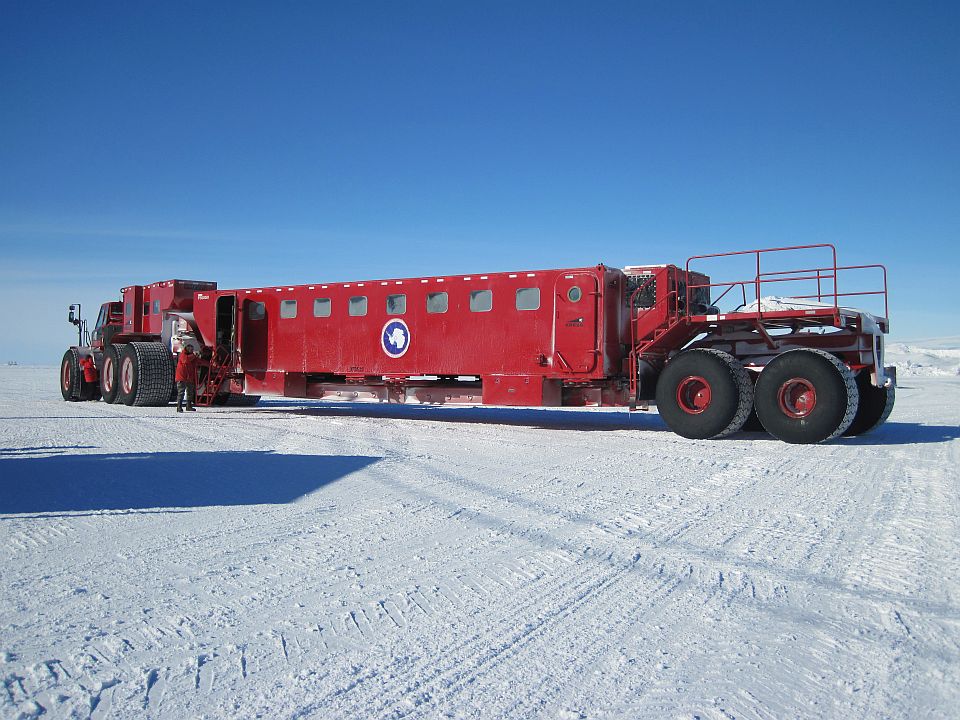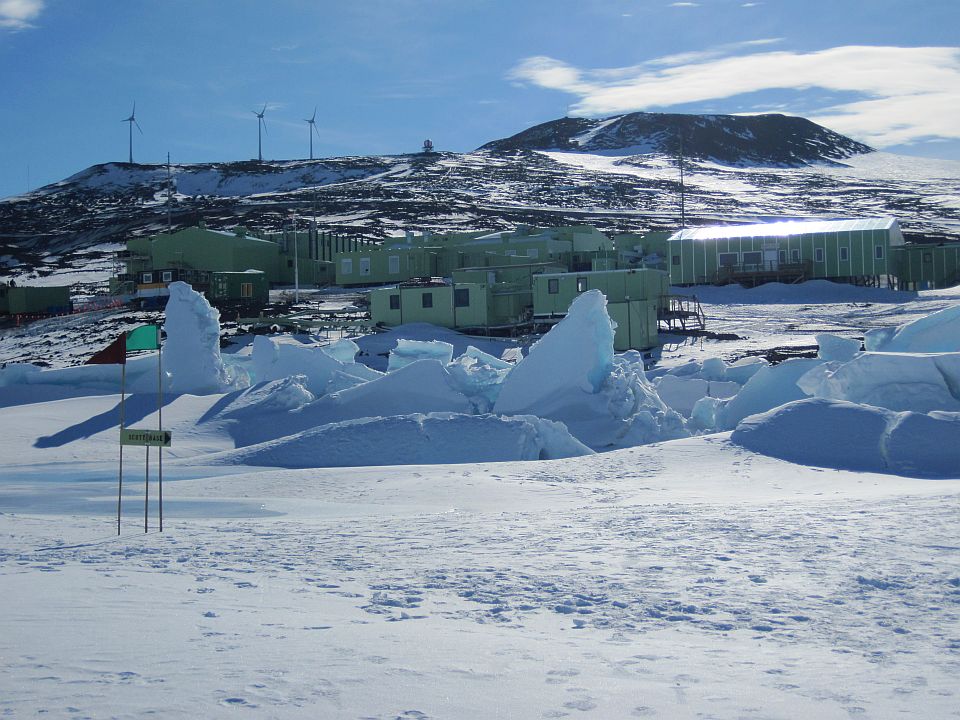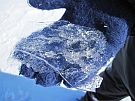Most people visit Antarctica by plane, although tourists usually travel by ship. There are over 40 airfields servicing 30 Antarctic Stations. Some airfields are set up to support field camps.
Flights to Antarctica leave from one of five official international 'gateways' to Antarctica:
- Cape Town, South Africa
- Christchurch, New Zealand
- Hobart, Australia
- Punta Arenas, Chile
- Ushuaia, Argentina.
Flights from Christchurch are provided by the US Air Force and land at one of three airfields near Scott Base.
The annual sea-ice runway is for wheeled aircraft and is constructed at the start of each season. It is used until early December when the sea ice begins to break up. Although the sea ice is only 2m thick it can safely handle wheeled aircraft such as the Lockheed C-5 Galaxy, Lockheed C-141 Starlifter, Boeing C-17 Globemaster, Lockheed C-130 Hercules and Lockheed P-3 Orion.
Pegasus Air Field is built on blue, glacier ice and capable of handling wheeled aircraft. It is to be replaced in 2017 by the Phoenix Air Field built on compacted snow nearby.
Williams (Willies) Field is built on snow and used for ski-equipped aircraft landings only such as the Lockheed C131 Hercules aircraft.
The flight time from Christchurch to one of the three airstrips near Scott Base depends on the aircraft and the weather.
Boeing C-17 Globemaster average flight time is 5 hours
Lockheed C-130 Hercules average flight time is 7 hours
The distance from Christchurch by air is 3,920km. What’s the average speed of these aircraft?
The Boeing C-17 Globemaster is a jet engined military transport aircraft with wheels. The aircraft is 53m long and 52m wide. It can carry 75

tonnes of cargo and can fly 5,200km without refueling.
The Lockheed C-130 Hercules is a turboprop military transport aircraft, that can be fitted with skis. They were first built in the 1960s. The skis can be lowered for landing on snow runways such as Willies Field and at the South Pole.

